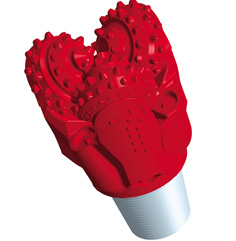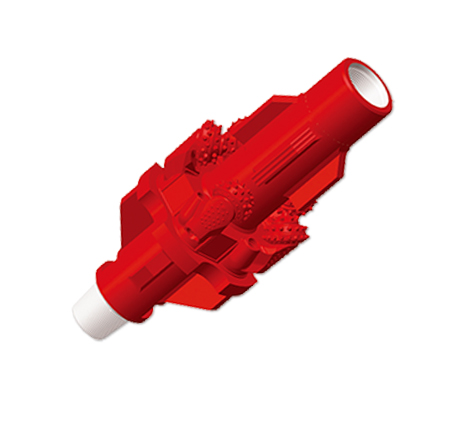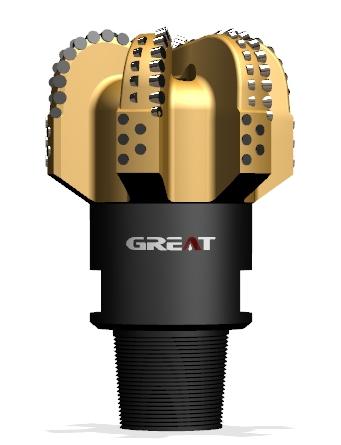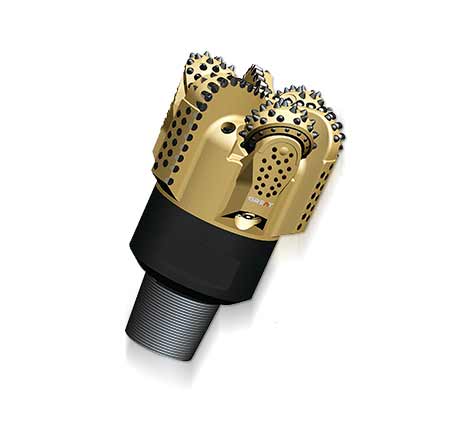Drilling in the oil and gas industry has seen significant advancements over the years, especially with the introduction of new drilling technologies. One such technology is the Polycrystalline Diamond Compact (PDC) bit, which has gained immense popularity due to its superior performance in drilling operations. This blog will explore the various factors that affect PDC bit performance, highlighting the importance of this innovative tool in the drilling process.
What is a Drilling PDC Bit?
Before delving into the factors affecting drilling PDC bit performance, it is essential to understand what exactly a drilling PDC bit is and how it differs from traditional drill bits. Drilling PDC bits are made up of a diamond cutting structure with synthetic diamonds known as polycrystalline diamond compact. These diamond cutters are arranged in a specific pattern on the bit, allowing for effective drilling in various rock formations. Unlike traditional drill bits, the PDC bit does not rely on the impact force provided by the drilling rig but instead uses a shearing action to cut through the rock formations.
Weight on Bit
The weight on bit (WOB) refers to the amount of force applied downward on the bit while drilling. Proper WOB is crucial for optimal PDC bit performance. When the WOB is too low, the drilling PDC bit may not engage with the formation adequately, leading to slower drilling progress. On the other hand, excessive WOB can cause premature bit wear and damage. Therefore, it is vital to ensure that the weight on bit is within the recommended range to achieve efficient drilling performance and prolong the life of the drilling PDC bit.
Rotary Speed
Another significant factor impacting PDC bit performance is the rotary speed, measured in revolutions per minute (RPM). The RPM determines the rate at which the bit drills and how effectively it shears through the rock formations. High RPM can generate excessive heat and cause the PDC bit to wear quickly, while low RPM can lead to ineffective cutting. Finding the right balance in rotary speed is crucial for achieving optimal drilling performance and extending the lifespan of the drilling PDC bit.
Formation Hardness and Composition
The hardness and composition of the formation being drilled also play a crucial role in PDC bit performance. Different PDC bits are designed for specific rock formations, ranging from soft to hard formations. It is essential to choose the correct PDC bit that matches the formation properties to achieve the best drilling results. Using the wrong bit can result in inefficient drilling, increased wear and tear, and potential damage to the drilling PDC bit.
In conclusion, the performance of a PDC bit in drilling operations is influenced by various factors, such as weight on bit, rotary speed, and formation hardness. Understanding these factors and their impact on PDC bit performance is crucial for achieving efficient and cost-effective drilling. As the oil and gas industry continues to evolve, the use of PDC bits is poised to increase, offering enhanced drilling capabilities and improved productivity. So, the next time you embark on a drilling project, make sure to consider the factors discussed above to optimize the performance of your drilling PDC bit.
 English
English français
français Deutsch
Deutsch Español
Español italiano
italiano русский
русский português
português العربية
العربية tiếng việt
tiếng việt ไทย
ไทย Nederland
Nederland




